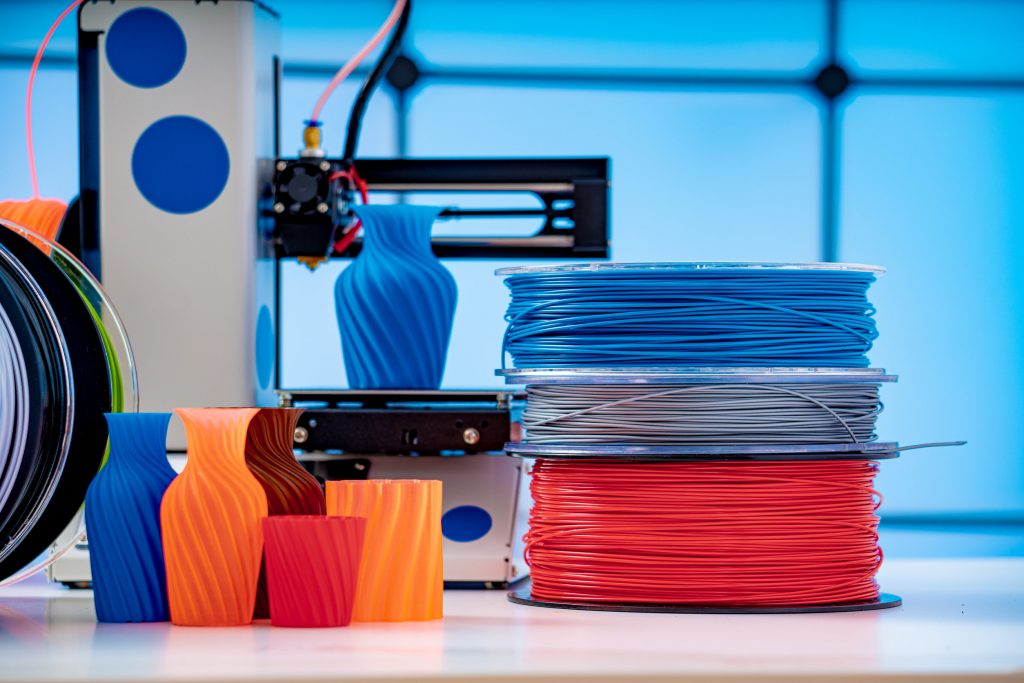How to Print on a Plastic Bottle: A Comprehensive Guide
3 min read
Printing on plastic bottles is a common practice in the packaging industry. It is a cost-effective way to promote your brand and communicate important information to your customers. However, printing on plastic bottles can be a challenging task, especially if you are new to the process. In this article, we will provide you with a comprehensive guide on how to print on a plastic bottle.
Step 1: Choose the Right Printing Method
There are several printing methods that you can use to print on plastic bottles. The most common methods are screen printing, pad printing, and digital printing. Each method has its advantages and disadvantages, and the choice of method will depend on your specific requirements.
Screen printing is the most popular method for printing on plastic bottles. It is a cost-effective method that can produce high-quality prints. However, it is not suitable for printing complex designs or small text.
Pad printing is another popular method for printing on plastic bottles. It is a versatile method that can print on curved surfaces and produce high-quality prints. However, it is more expensive than screen printing and requires specialized equipment.
Digital printing is a newer method that uses inkjet technology to print directly onto the plastic bottle. It is a flexible method that can print complex designs and small text. However, it is more expensive than screen printing and pad printing.
Step 2: Choose the Right Ink
Choosing the right ink is critical to achieving a high-quality print on a plastic bottle. There are several types of ink that you can use, including solvent-based ink, UV-curable ink, and water-based ink.
Solvent-based ink is the most common type of ink used for printing on plastic bottles. It is a durable ink that can withstand harsh environments and is resistant to fading. However, it emits volatile organic compounds (VOCs) and requires special handling.
UV-curable ink is a newer type of ink that is cured by exposure to ultraviolet light. It is a fast-drying ink that produces high-quality prints and is environmentally friendly. However, it is more expensive than solvent-based ink.
Water-based ink is a non-toxic ink that is environmentally friendly. It is a low-cost ink that produces high-quality prints. However, it is not as durable as solvent-based ink and is not suitable for printing on all types of plastic.
Step 3: Prepare the Artwork
Preparing the artwork is an important step in the printing process. The artwork should be designed to fit the size and shape of the plastic bottle and should be in a high-resolution format.
The artwork should also be designed with the printing method in mind. For example, if you are using screen printing, the artwork should be designed with spot colors rather than process colors.
Step 4: Prepare the Plastic Bottle
Preparing the plastic bottle is critical to achieving a high-quality print. The bottle should be clean and free of any dust or debris. It should also be treated with a primer or adhesion promoter to ensure that the ink adheres properly to the surface.
Step 5: Print the Plastic Bottle
Printing the plastic bottle is the final step in the process. The printing should be done in a controlled environment to ensure that the ink dries properly and that the print is of high quality.
In conclusion, printing on plastic bottles is a cost-effective way to promote your brand and communicate important information to your customers. By following these five steps, you can achieve a high-quality print on a plastic bottle that will stand out on the shelf.

